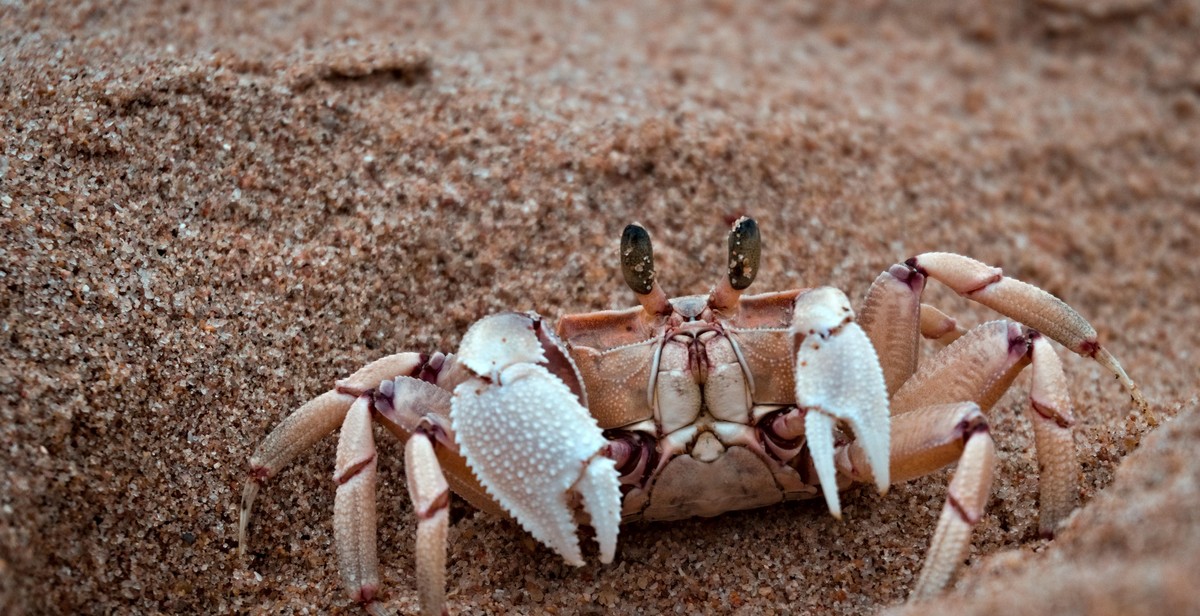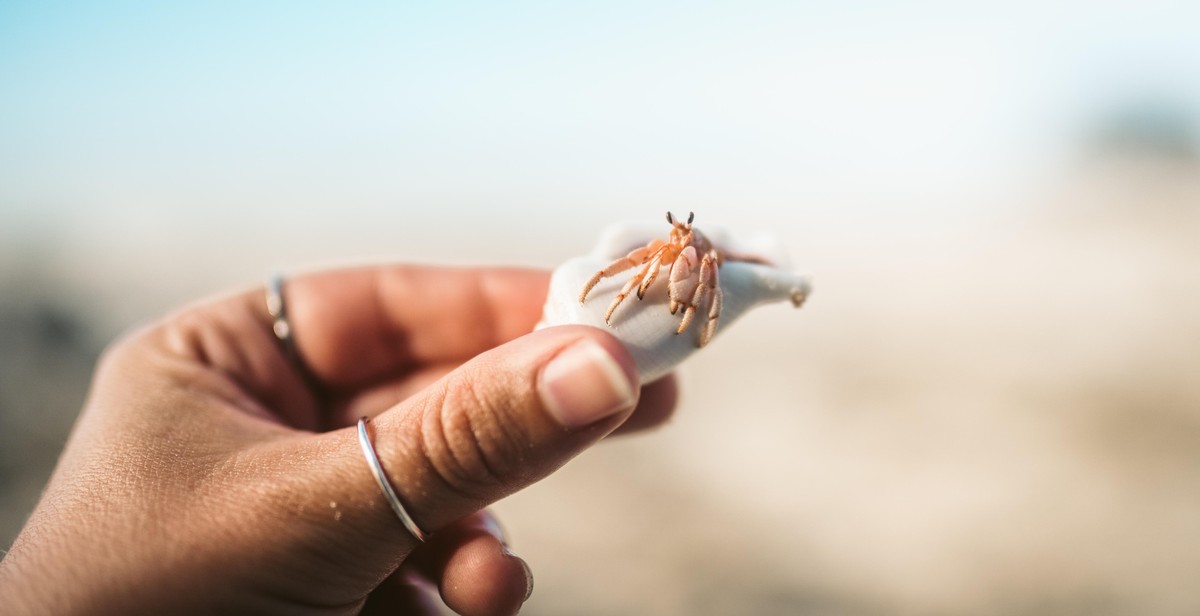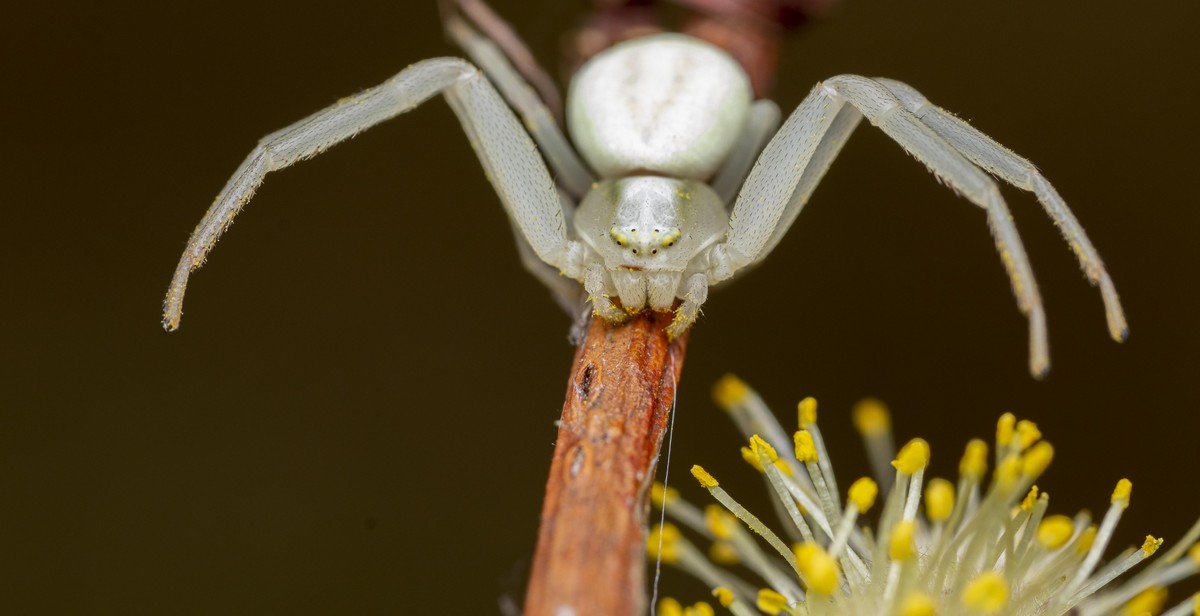How to Set Up a Hermit Crab Habitat: Substrate, Shells, and Humidity Control
Hermit crabs are fascinating creatures that make great pets. However, in order to keep them healthy and happy, it is important to provide them with a proper habitat. Creating a suitable environment for hermit crabs is essential for their survival as they rely on their environment to regulate their body temperature, humidity, and provide them with the necessary space to move and molt.
Why is Creating a Proper Habitat Important for Hermit Crabs?
Hermit crabs are creatures of habit and rely on their environment for their survival. A proper habitat provides them with the necessary space to move and molt, regulates their body temperature, and maintains adequate humidity levels. Without a suitable habitat, hermit crabs can become stressed, which can lead to a weakened immune system and a shorter lifespan.
Additionally, hermit crabs require a specific type of substrate to burrow and molt properly. The wrong type of substrate can lead to health problems such as shell rot and other bacterial infections. Providing the right substrate and shells for hermit crabs is essential to their health and well-being.
In this article, we will discuss how to set up a hermit crab habitat, including the proper substrate, shells, and humidity control. By following these steps, you can create a safe and healthy environment for your hermit crabs to thrive in.

Substrate for Hermit Crab Habitat
Choosing the right substrate for your hermit crab habitat is crucial for their health and well-being. The substrate should provide a comfortable and natural environment for your hermit crabs to burrow and molt.
Choosing the Right Substrate
Hermit crabs need a substrate that is both moist and dry, allowing them to regulate their own humidity levels. The substrate should also be free of any harmful chemicals or toxins that could potentially harm your hermit crab.
There are several types of substrate that are suitable for hermit crab habitats:
- Coconut fiber: A popular choice among hermit crab owners, coconut fiber is a natural, organic substrate that retains moisture well and helps maintain humidity levels. It also promotes healthy molting and is easy to clean.
- Play sand: Another common substrate option, play sand is inexpensive and easy to find. It provides a natural digging environment for your hermit crabs and also helps maintain humidity levels.
- Reptile bark: Made from shredded tree bark, reptile bark is a natural substrate that promotes burrowing and also helps maintain humidity levels. It is also easy to clean and replace.
Preparing the Substrate
Before adding the substrate to your hermit crab habitat, it is important to prepare it properly to ensure it is safe and comfortable for your hermit crabs.
- Moisten the substrate: Depending on the type of substrate you are using, you may need to moisten it before adding it to the habitat. Use a spray bottle to mist the substrate until it is slightly damp but not soaked.
- Bake the substrate: To ensure that the substrate is free of any harmful chemicals or toxins, you can bake it in the oven at 250 degrees Fahrenheit for 30 minutes. This will also help to kill any bacteria or mites that may be present in the substrate.
- Add the substrate to the habitat: Once the substrate is prepared, you can add it to the habitat. The substrate should be at least 3-4 inches deep to allow your hermit crabs to burrow and molt.
By choosing the right substrate and preparing it properly, you can create a comfortable and natural environment for your hermit crabs to thrive in. Remember to monitor the humidity levels in the habitat and adjust the substrate as needed to maintain a healthy environment for your hermit crabs.

Shells for Hermit Crabs
One of the most important aspects of setting up a hermit crab habitat is providing them with the right shells. Hermit crabs rely on shells not only for protection but also for regulating their body moisture and temperature. Here’s everything you need to know about shells for hermit crabs.
Why Do Hermit Crabs Need Shells?
Hermit crabs have soft, vulnerable abdomens that they protect by living inside discarded shells of other sea creatures. As they grow, they need to find bigger shells to move into, which is why it’s important to provide them with a range of shell sizes to choose from. Additionally, hermit crabs use their shells to regulate their body moisture levels. They breathe through modified gills that need to be kept moist, and the shells provide a humid environment that helps prevent dehydration.
Choosing the Right Shells
When selecting shells for your hermit crabs, it’s important to consider both size and shape. The shells should be large enough for the crab to fully retract into, but not so large that they can’t easily carry it around. The opening of the shell should be slightly larger than the crab’s body size, but not so big that it can’t seal the opening with its claws.
It’s also important to choose shells that are appropriate for the species of hermit crab you have. Some species have specific preferences for shell types, such as the “strawberry” hermit crab which prefers shells with a distinctive red pattern. You can research the specific needs of your hermit crab species to ensure you’re providing them with the best options.
You can purchase shells specifically marketed for hermit crabs, or you can collect your own from the beach. If you choose to collect your own, make sure the shells are thoroughly cleaned and sanitized before introducing them to your hermit crab habitat.
Conclusion
Choosing the right shells is essential to creating a healthy and happy home for your hermit crabs. Provide a variety of shell sizes and shapes, and make sure they’re appropriate for your specific species. With the right shells, your hermit crabs will have a safe and comfortable place to live and thrive.

Humidity Control in Hermit Crab Habitat
Hermit crabs, like most other animals, require a specific set of environmental conditions to thrive. One of the most important factors to consider when setting up a hermit crab habitat is humidity control. Without proper humidity levels, hermit crabs can suffer from dehydration and other health problems.
Why is Humidity Control Important?
Hermit crabs breathe through modified gills, which require moisture to function properly. If the air is too dry, their gills can become damaged, leading to respiratory problems and even death. In addition, hermit crabs absorb water through their gills and skin, so they need a humid environment to stay hydrated.
Humidity also plays a crucial role in molting, which is the process of shedding their exoskeleton and growing a new one. During molting, hermit crabs require a high level of humidity to help soften and loosen their old exoskeleton, making it easier to shed. If the humidity level is too low, the molting process can be delayed or even fail, leading to serious health issues.
How to Control Humidity Levels
The ideal humidity level for a hermit crab habitat is between 70% and 80%. There are several ways to achieve and maintain this level of humidity:
- Use a hygrometer to monitor the humidity level in the habitat. This device measures the amount of moisture in the air and can help you adjust the humidity as needed.
- Provide a shallow dish of fresh, clean water in the habitat. Hermit crabs will use this water to drink and to regulate their body moisture levels.
- Mist the habitat with a spray bottle filled with dechlorinated water. This will help increase the humidity level and provide moisture for the hermit crabs to absorb.
- Add a substrate that can hold moisture, such as coconut fiber or sphagnum moss. These materials can help maintain a higher humidity level in the habitat.
- Place a lid or cover on the habitat to help trap in moisture and maintain a consistent humidity level.
It’s important to note that too much humidity can also be harmful to hermit crabs. If the humidity level is consistently above 80%, it can lead to mold and bacterial growth, which can be dangerous for the hermit crabs. Be sure to monitor the humidity level regularly and make adjustments as needed.
| Humidity Level | Recommended Action |
|---|---|
| Below 70% | Mist the habitat with dechlorinated water and add a substrate that can hold moisture. |
| 70-80% | Monitor the humidity level regularly and make adjustments as needed. |
| Above 80% | Remove excess water and increase ventilation in the habitat. |
By controlling the humidity level in your hermit crab habitat, you can help ensure that your pets stay healthy and happy. With the right substrate, shells, and humidity control, you can create a comfortable and safe environment for your hermit crabs to thrive.

Conclusion
Setting up a hermit crab habitat can be a fun and rewarding experience for both you and your new pets. By following the tips and guidelines outlined in this article, you can ensure that your hermit crabs have a safe and comfortable home that meets all of their needs.
Remember the Basics
When setting up your hermit crab habitat, it’s important to keep in mind the basic requirements for these animals. This includes providing them with suitable substrate, shells, and humidity levels, as well as a variety of foods and a safe environment.
Experiment and Learn
As with any new pet, there may be a bit of trial and error involved in getting your hermit crab habitat just right. Don’t be afraid to experiment with different substrates, shells, and humidity levels until you find what works best for your crabs.
Continue to Educate Yourself
Finally, it’s important to continue educating yourself on the care and maintenance of hermit crabs. With the right knowledge and resources, you can ensure that your new pets thrive in their new habitat for years to come.
| Key Takeaways: |
| 1. Setting up a hermit crab habitat requires suitable substrate, shells, and humidity levels. |
| 2. Experimentation may be necessary to find the best setup for your crabs. |
| 3. Continuing to educate yourself on hermit crab care is important for their long-term health and happiness. |
